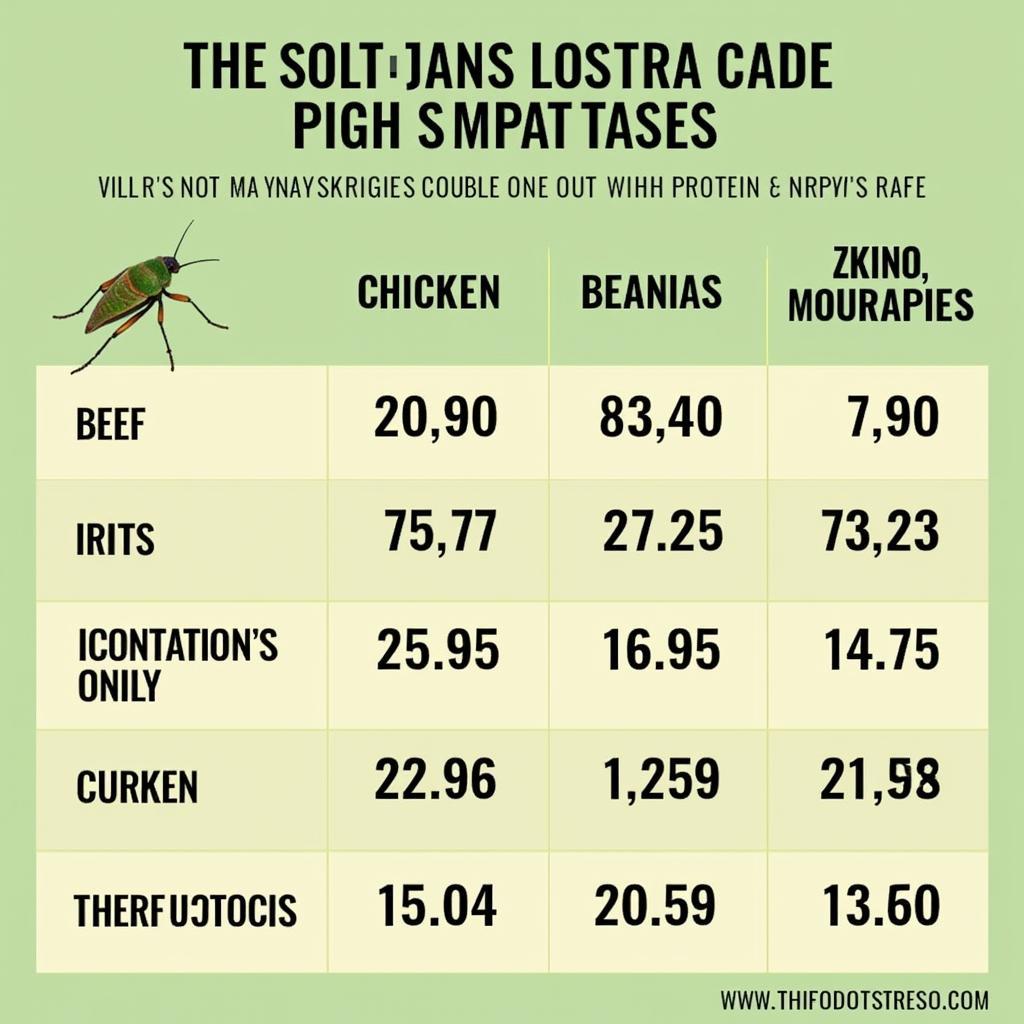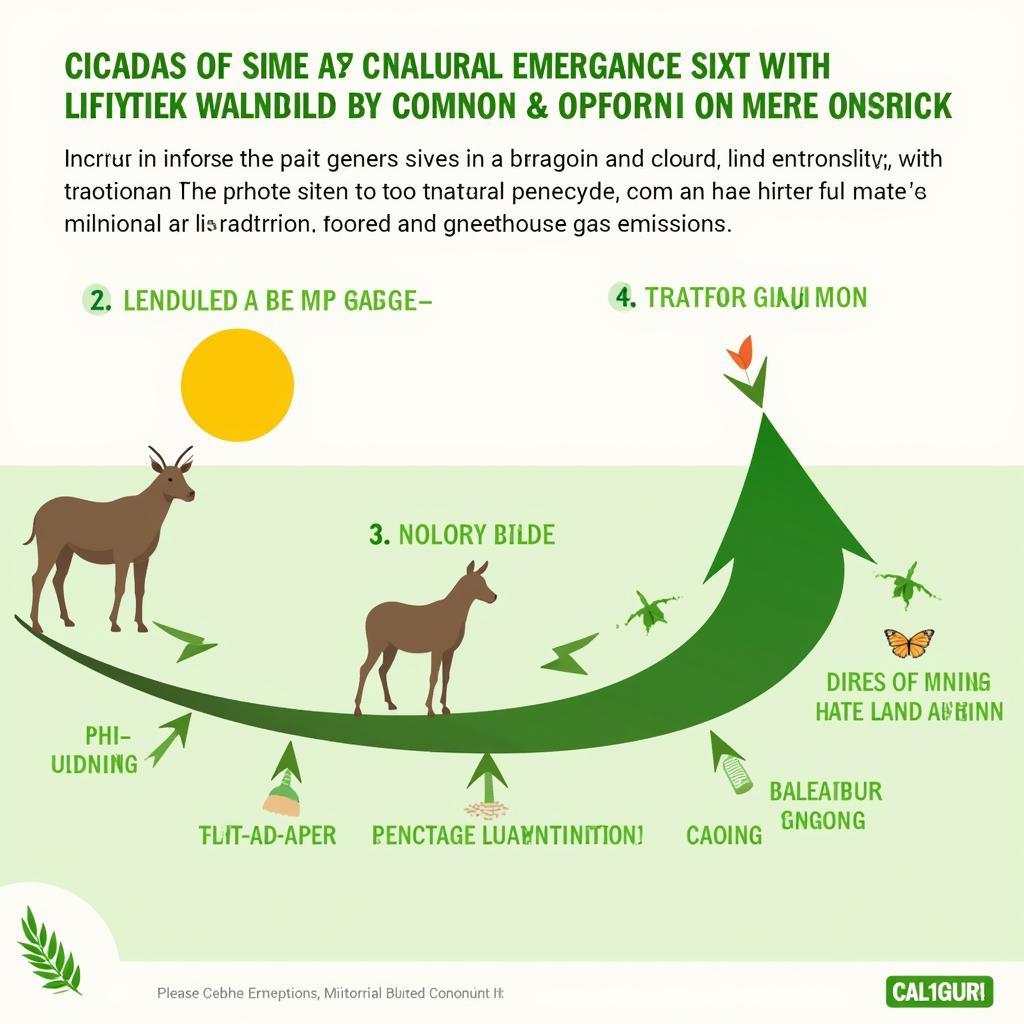Chicharra Food, the practice of eating cicadas, might sound unusual to some, but it’s a culinary tradition with a rich history and surprising nutritional benefits. From ancient cultures to modern-day enthusiasts, cicadas have been consumed for centuries, offering a unique flavor profile and a sustainable protein source. This article dives deep into the world of chicharra food, exploring its cultural significance, nutritional value, preparation methods, and potential impact on the environment.
A Deep Dive into the World of Chicharra Food
Cicadas, often mistaken for locusts, are large, winged insects known for their periodic emergence after years spent underground. While their loud buzzing might be annoying to some, their culinary potential has been recognized and appreciated by various cultures worldwide. From indigenous communities to adventurous foodies, chicharra food is gaining traction as a sustainable and surprisingly delicious alternative protein source.
The Nutritional Powerhouse: Chicharra Food Benefits
Beyond the initial novelty, chicharra food offers a surprising nutritional punch. These insects are packed with protein, rivaling traditional meat sources like beef and chicken. They are also rich in essential minerals like iron and zinc, and relatively low in fat. For those seeking a sustainable and nutrient-dense food option, chicharra food might just be the answer.
 Chicharra Nutritional Chart
Chicharra Nutritional Chart
From Forest to Plate: Preparing Chicharra Food
Preparing chicharra food requires careful consideration, similar to any other ingredient. The ideal time to harvest them is just after they emerge from the ground, when their exoskeletons are still soft. Common preparation methods include boiling, roasting, frying, and even grinding them into flour for baking. The resulting dishes can range from crispy snacks to flavorful additions to main courses, showcasing the versatility of this unique ingredient.
Chicharra Food: A Sustainable Solution?
With the growing concern over the environmental impact of traditional livestock farming, alternative protein sources are gaining prominence. Chicharra food presents a compelling case for sustainable consumption. These insects require minimal resources to thrive, produce significantly less greenhouse gas emissions compared to livestock, and offer a high protein yield. Could chicharra food be part of the solution to a more sustainable food system?
 Sustainable Chicharra Farming
Sustainable Chicharra Farming
Addressing the “Yuck” Factor: Overcoming Chicharra Food Aversion
For many, the thought of eating insects elicits a sense of disgust. This “yuck” factor is often rooted in cultural conditioning and unfamiliarity. However, many cultures around the world embrace entomophagy, the practice of eating insects. Overcoming this initial aversion often requires a leap of faith and an open mind, but the potential rewards – both culinary and environmental – are worth considering.
A Culinary Adventure: Exploring Different Chicharra Food Recipes
The versatility of cicadas allows for a wide range of culinary creations. From spicy chicharra tacos to savory chicharra stir-fries, the possibilities are endless. Chefs and home cooks alike are experimenting with innovative ways to incorporate this unique ingredient into their dishes, pushing the boundaries of traditional cuisine.
Conclusion: Embracing the Future of Food with Chicharra Food
Chicharra food, once a niche culinary practice, is emerging as a viable and sustainable food source. From its nutritional benefits to its environmental impact, chicharra food offers a compelling alternative to traditional protein sources. By embracing this culinary curiosity, we can explore new flavors, contribute to a more sustainable future, and expand our understanding of the interconnectedness between food and the environment.
FAQ
- Is chicharra food safe to eat? Yes, when properly cooked, cicadas are safe to eat.
- What do cicadas taste like? The flavor is often described as nutty, shrimp-like, or asparagus-like.
- Where can I find cicadas to eat? They can be harvested during their emergence periods or purchased from specialty food suppliers.
- Are there any allergies associated with chicharra food? People with shellfish allergies should exercise caution.
- How do I store harvested cicadas? Store them in the freezer for optimal preservation.
- Can I eat cicadas raw? It’s recommended to cook cicadas thoroughly before consuming them.
- What are some common ways to prepare cicadas? Roasting, frying, boiling, and grinding into flour are popular methods.
Need help? Contact us! Phone: 02437655121, Email: minacones@gmail.com or visit us at 3PGH+8R9, ĐT70A, thôn Trung, Bắc Từ Liêm, Hà Nội, Việt Nam. We have a 24/7 customer service team.